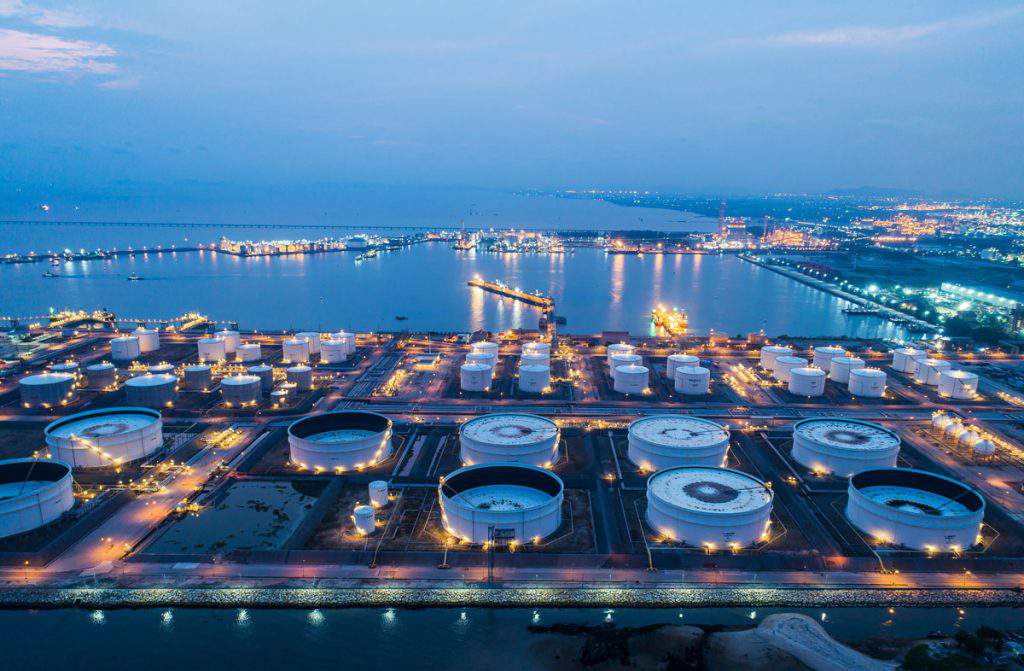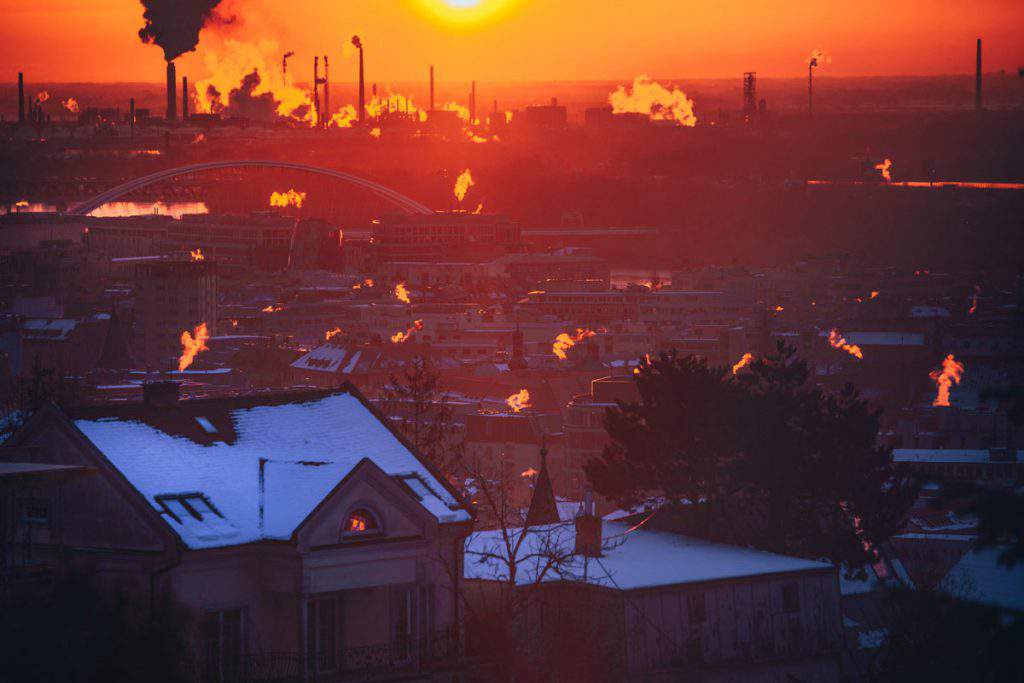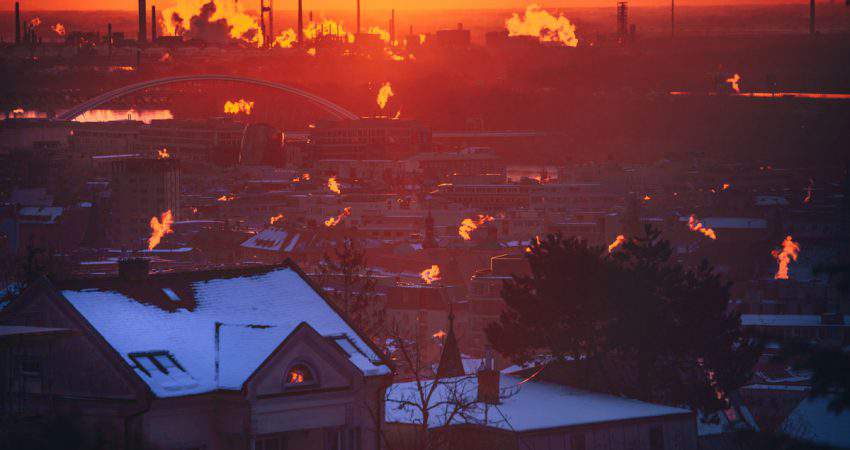Since the natural gas crisis in 2009 at least, special attention has been given to energy security in the countries of central and eastern Europe. When the dispute between Ukraine and Russia finally developed into open conflict in 2014, concerns over future developments in the energy and utilities sector in the region reached new highs. The Eastring pipeline was Slovakia’s plan to secure future supplies.
Even before 2014, a number of countries regarded their de facto dependence on Russian gas as a threat to their own sovereignty and legal capacity. In response to the planned suspension of gas supplies through the Brotherhood trans-Siberian pipeline, providing Europe with Russian gas via Ukraine and Slovakia, the Slovakian operator Eustream proposed the Eastring pipeline project. Although it was advertised as a possible solution to the challenges of regional energy problems, analysis showed that the billion-dollar company was primarily driven by national interests.
After Ukraine, Slovakia is the second largest transporter of gas over land and was one of the worst affected EU states in the 2009 crisis. No gas flowed through the Brotherhood pipeline for a total of 11 days in January. The shortage of gas, coupled with the lack of transit income, eventually led EU members to make significant efforts to bypass transit through the two countries. However, Russia was also planning to replace supply via Ukraine with new pipelines in the Baltic and Black Sea regions, Slovakia was under pressure to be able to sustainably fulfil the role of transit country.

The Eastring project finally represented a reaction to political and economic developments. Unlike the old Brotherhood pipeline, Eastring would link the Slovakian network to southern and eastern European networks as far as the Bulgarian-Turkish border, with gas flowing in both directions. In theory, this would mean that large parts of the Slovakian section of Brotherhood could still be operated at high capacity. That would enable Slovakia to secure a gas supply for its own needs and continue to profit from service charges. However, experts consider it likely that demand for gas in Europe is unlikely to increase significantly in the future, partly because it is currently still possible to fall back on liquefied natural gas from western Europe. Moreover, Eastring is only one of a number of alternative pipelines in the European region already in operation or still in the planning stages, by means of which countries are increasingly seeking to diversify transit. Those are just a few of the current problems faced by the pipeline project, although the fact that the reversed gas flow in the Brotherhood network would offer a great deal for supplying Ukraine through Europe and Slovakia should not be dismissed out of hand.
Nevertheless, Slovakia and above all Eustream, the operator, are sticking to the plans. However, despite committed efforts up to now, it has not been possible to guarantee the prospective utilisation required for the start of construction. Work on Eastring was originally planned to start in 2022 with completion scheduled for 2025, but one thing is now clear: the project will have to be postponed for an indefinite period with funding and investments put on ice for the time being. If Eustream is unable to find a partner in the medium term who is willing to export its gas through the network, the pipeline will remain nothing but an idea on the drawing board.
The operators are considering a range of options to enable them to guarantee full utilisation: On one hand is the connection to the Southern Gas Corridor. This 3500 km long pipeline transports gas from the Caspian Sea, through Azerbaijan, Georgia, Turkey, Greece and Albania to Italy. However, this option looked unlikely from the very start, primarily because TANAP, a significant part of the Southern Gas Corridor, is already running at almost full capacity and would thus be unable to provide resources for additional transit services in the future. As a result, negotiations with the Azerbaijani operating company SOCAR reached an unsuccessful end in September this year.

Experts believe the prospects of supplying the Eastring with gas from Poland’s liquefied gas terminal in Świnoujście or the FRSU Independence terminal in Lithuania to be equally unpromising. This version is unlikely to be economically viable due to the low quantities of liquefied gas and the irregular supply. Furthermore, reexports of gas from Poland to Slovakia via the Baltic Pipe, due for completion in 2022, cannot be taken into account either. The project brings gas into the country from Norway via Denmark. In September 2019, Warsaw advised Bratislava that all the gas purchased from Norway would be used by the domestic market.
As things currently stand, it is likely that Eastring will eventually end up as nothing more than a footnote in the rapidly changing European energy market. Nevertheless, the crises in recent years have also shown how sensitive the energy situation in the east of the European Union actually is. That’s why Eastring is not quite off the table, at least, not for Eustream and Slovakia.

